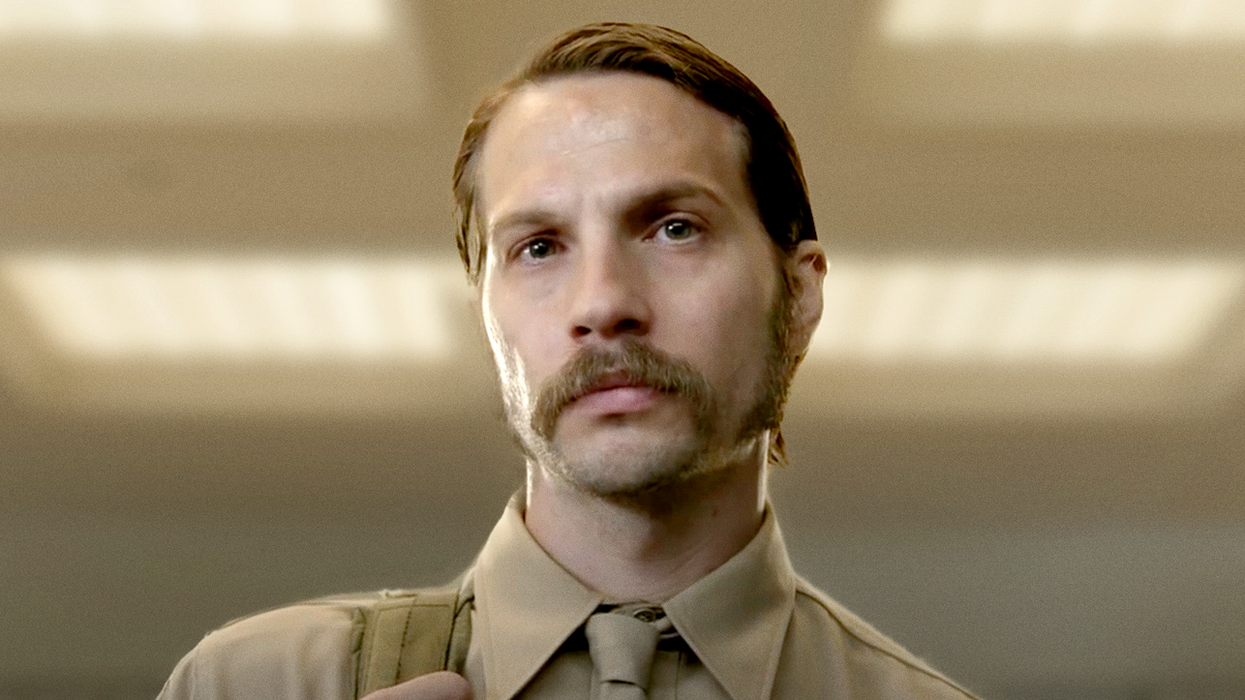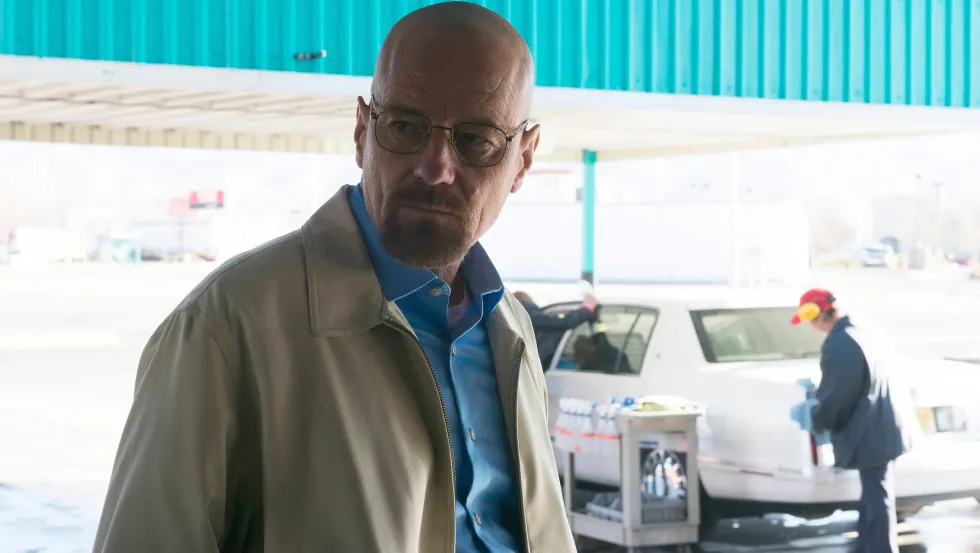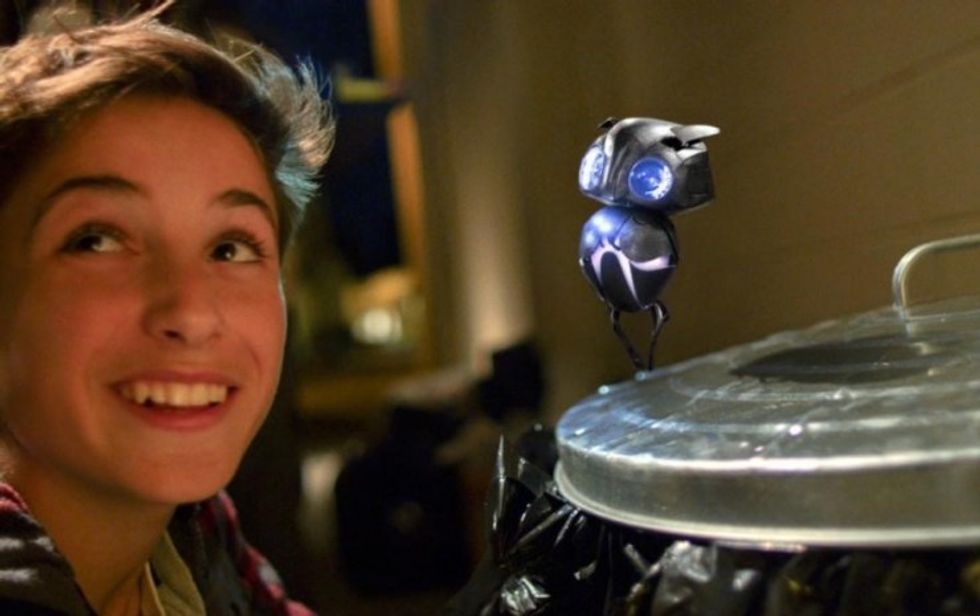How a DP Fresh Out of Film School Shot HBO's 'Quarry'
Pepe Avila del Pino had just graduated from NYU's Tisch School of the Arts MFA program when he landed a gig shooting HBO and Cinemax's Quarry.

In the new Cinemax series Quarry, created by Michael D. Fuller and Graham Gordy and based on a series of novels by Max Allan Collins, U.S. Marine Mac Conway (Logan Marshall-Green) returns home to Memphis from Vietnam in 1972 to find himself in the eye of public scrutiny for his alleged role in the massacre of Vietnamese civilians. Struggling to settle back into the community and normal life, the veteran attempts to reconnect with his wife Joni (Jodi Balfour) while battling PTSD. Nearly broke and jobless, not even his father is willing to provide a helping hand. It isn’t until Conway attracts the eye of The Broker (Peter Mullan), who runs a secretive organization of hitmen, that his life gains momentum.
All eight episodes of the hardboiled thriller were directed by Greg Yaitanes (Banshee), who looked to cinematographer Pepe Avila del Pino for its visual aesthetics—his first show fresh out of film school at NYU. No Film School sat down with them to find out how they crafted the moody authenticity of the series.
"We wanted our work to be invisible. I’ve done plenty of slick and showy pieces, but we wanted to ground this series in terms of working from the writing and the acting outward."
No Film School: Greg, was it your Cinemax connection that found you on the project?
Greg Yaitanes: Yes; I have a long history with Cinemax and they brought me Quarry as potentially my next project. I looked at the material and fell in love with it.
NFS: So were you balancing both Quarry and season four of Banshee?
Yaitanes: I was originally going to do season four of Banshee, but rolled the crew into season one of Quarry. Both shows went on the exact same time, so I juggled Banshee, as I couldn’t be there day to day while directing all of Quarry.
NFS: How did you find Pepe? Or did he find you?
Yaitanes: Pepe was doing a graduation thesis that Logan was appearing in. It was actually Logan who told me to check Pepe out.
"I’m a product of mentorship and it’s something I care deeply about. Pepe [the DP] had never done anything at that point."
NFS: To give someone so green a chance like that is rare.
Yaitanes: It’s just as much the person’s talent as how I get along with them. I have been on shoots where you’re butting heads personality-wise. It’s never fun. I’m a product of mentorship and it’s something I care deeply about. Pepe had never done anything at that point, so the discussion was about getting him on board. I did some vouching and HBO had good trust in me, so this show began a very nice career for him, which I am very happy about.

NFS: So I’m guessing the chemistry was good?
Yaitanes: For our first meeting, Pepe put a deck and lookbook together that reflected emotionally what I was going to do and hoping to do with the show. It was the closest I think anybody has gotten in my head with a series.
NFS: That’s quite a statement. What did you visualize reading the script, Pepe?
Pepe Avila del Pino: It was kind of two things. First, the script lent itself to being raw and gritty. The '70s can turn campy really easily, so the story and the world was pushing itself to have a darker, grungier feel. Then, in my first meeting with Greg, we discussed a different take on common TV, specifically in terms of coverage. He wanted to step away from the classic master shot and close-up, over-the-shoulder coverage. He didn’t want perfect lighting or perfect choreography. The idea was to be efficient time-wise and at the same time keep it raw and real with the camera moving.
"We created a visual style that embraced the long take and treated every scene almost like a one-act play."
NFS: It definitely shows. A lot of the scenes play almost as if we’re watching theater.
Yaitanes: I’m glad you caught that. That actually stems from our philosophy at the beginning. We wanted our work to be invisible. I’ve done plenty of slick and showy pieces, but we wanted to ground this series in terms of working from the writing and the acting outward. And along the way, cutting just when we needed to cut, shooting what we just needed to shoot, and really committing to a language that allowed for the actors to work uninterrupted as much as possible. We created a visual style that embraced the long take and treated every scene almost like a one-act play.

del Pino: The process was very sobering. We didn’t even storyboard, and for most of the scenes, we would show up on set and see what the actors would bring, schedule a little, then Greg and I would block it out on the spot and keep it light.
NFS: Did that keep the cameras off sticks?
del Pino: There were a few shots on sticks, but 90% of the show was handheld. Everything about the production was very period. The music, the sets. But we approached our camerawork in a modern way. There wasn’t even a single dolly or crane shot moving in the whole show.
"We shot on Cooke S4/i primes, which just work great with the Alexa and give the image a little bit of texture."
NFS: What kind of glass did you pair with the ARRI Alexa?
del Pino: We shot on Cooke S4/i primes. They just work great with the Alexa and give the image a little bit of texture.
NFS: No thought of using zooms?
del Pino: Primes do give you limitations, but they also give you rules you start to follow and have to stick to. I think it gave the show more coherent visuals. And Bud Kremp, our camera operator, was a genius. He really did an amazing job. Our entire crew did.

Yaitanes: In our research, 1972 Memphis really only exists in New Orleans. Algiers, Louisiana is still locked in that time period, as the houses are from the '50s and '60s. There are no sidewalks and the grass growing right next to the pavement. We did end up going to Memphis near the of the schedule and it provided a lot of scope for the show.
NFS: The series plays like one eight-hour movie. Was that how you approached the episodes?
Yaitanes: It was designed to be more like two four-hour movies. I feel like the first four episodes are of a piece and the second four are of another piece. It was deliberately orchestrated as an eight-episode series so it would have a natural midway point. This way, it would have the opportunity to kind of reset itself and build up a new thread, instead of watching one thread across all eight episodes.
"The approach to the violence was to be shocking and graphic but handled in a very grounded way."
NFS: The violence in Quarry is subtle yet stark. Was it something you wanted to keep realistic?
Yaitanes: From the very opening scene, where the dead body is floating in the river and Mac has to fish it out from the trees, we wanted to tell the audience nothing is going to come easy for him. The approach to the violence was to be shocking and graphic but handled in a very grounded way as it unfolded.

NFS: Some of my favorite visual moments happen when Mac and Joni are arguing. How did you look to capture those more dramatic moments?
del Pino: The challenge was to see how we can stay away from framing them as if it were a movie. It starts to look fake and staged and we are all used to seeing that. We wanted to keep the tone and the bleakness of it without putting our hand too hard on the scene— we wanted to just witness their world.
"We tried to just be there and feel the intimacy while they played the scene."
NFS: You definitely see that approach in the “Carnival of Souls” episode, where Mac and Joni are fighting inside their house.
del Pino: We have to give credit to the writing and the actors. That scene is basically 10 minutes of them arguing that tells a lot about their relationship. It’s basically one shot, which was great for the actors. We tried to just be there and feel the intimacy while they played the scene.
NFS: Besides the music being a character in the show, Quarry deals with race relations and homosexuality in the 1970s as well.
Yaitanes: I instantly grabbed on to the character Buddy, played by Damon Herriman. Everybody has a secret in Quarry, but Buddy is not living a double life— he is living a triple life. I found that so riveting. Not only is he one of The Broker’s hitmen, but he’s living the life of a homosexual hitman in 1972 Memphis.
Yaitanes: It was sad to see in our research what the gay community was regulated to because of the intolerance in the South during the time. When you see some of the politics going on to this day, you see how little has changed in terms of tolerance. The same can be said about the race issues in the show.
We felt a responsibility to bring to light the issues without making the series feel like it was ripped from the headlines. It’s still very firmly rooted in entertainment and genre as a thriller, but it does use the backdrop of very relevant issues, and I think handles them quite well. Particularly with PTSD; it still remains this elusive diagnosis we continue to grapple with. We don’t fully support our veterans who experience it. I hope Quarry starts a conversation.















